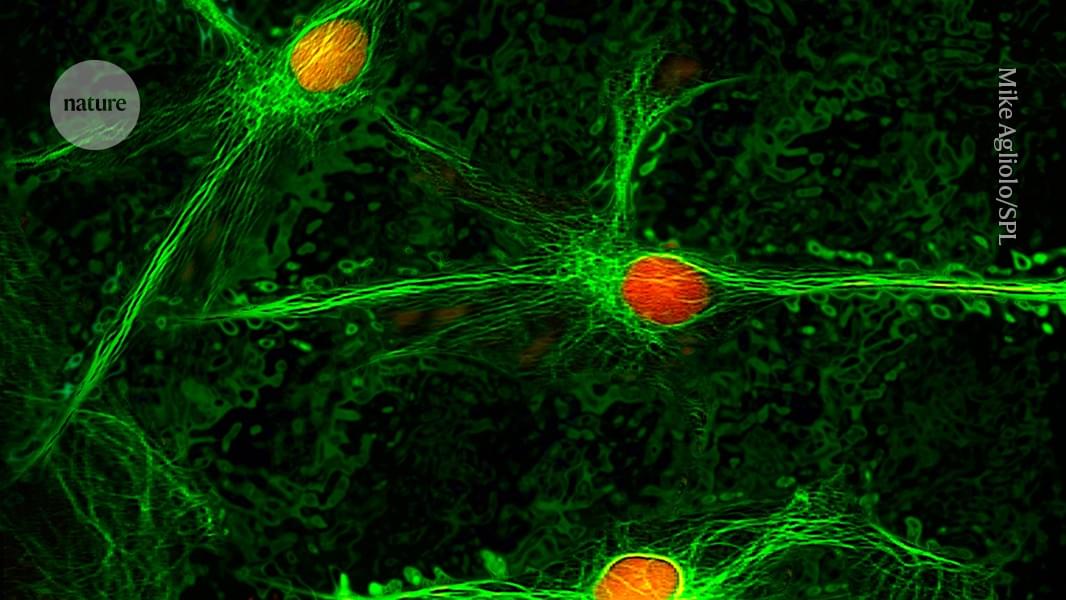This study demonstrates GHz-speed electro-optic modulation using ferroelectric nematic liquid crystals, offering dual-phase shifting, poling-free operation, low loss, and CMOS compatibility-enabling scalable hybrid silicon-organic photonics.
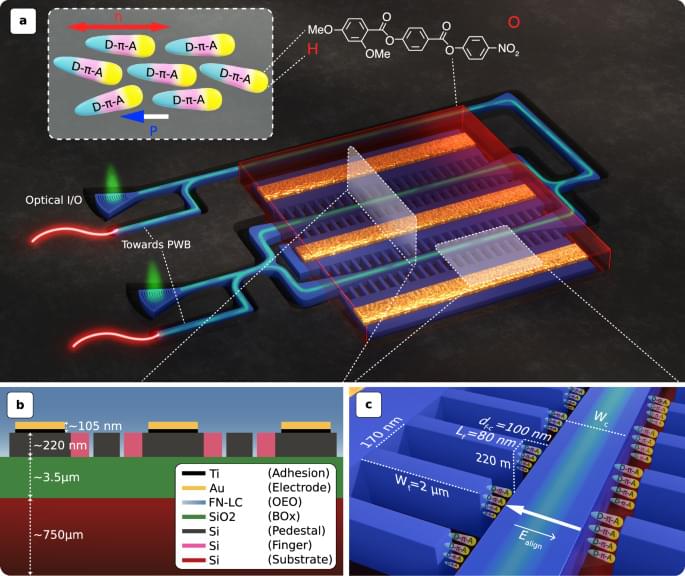

Mitsubishi says that the robot has been developed to carry out non-destructive inspections of nuclear reactor vessels in underwater environments.
It states that the robot has been working at pressurized water reactor power plants across Japan since 1995, and has been used at least 50 times.
The robot can be controlled remotely using a computer and joystick by operators. The robot navigates around the hazardous environment, swimming in the water inside the nuclear reactor vessel, sticking to the walls with vacuum-pad feet, and using a probe to carry out ultrasonic testing.
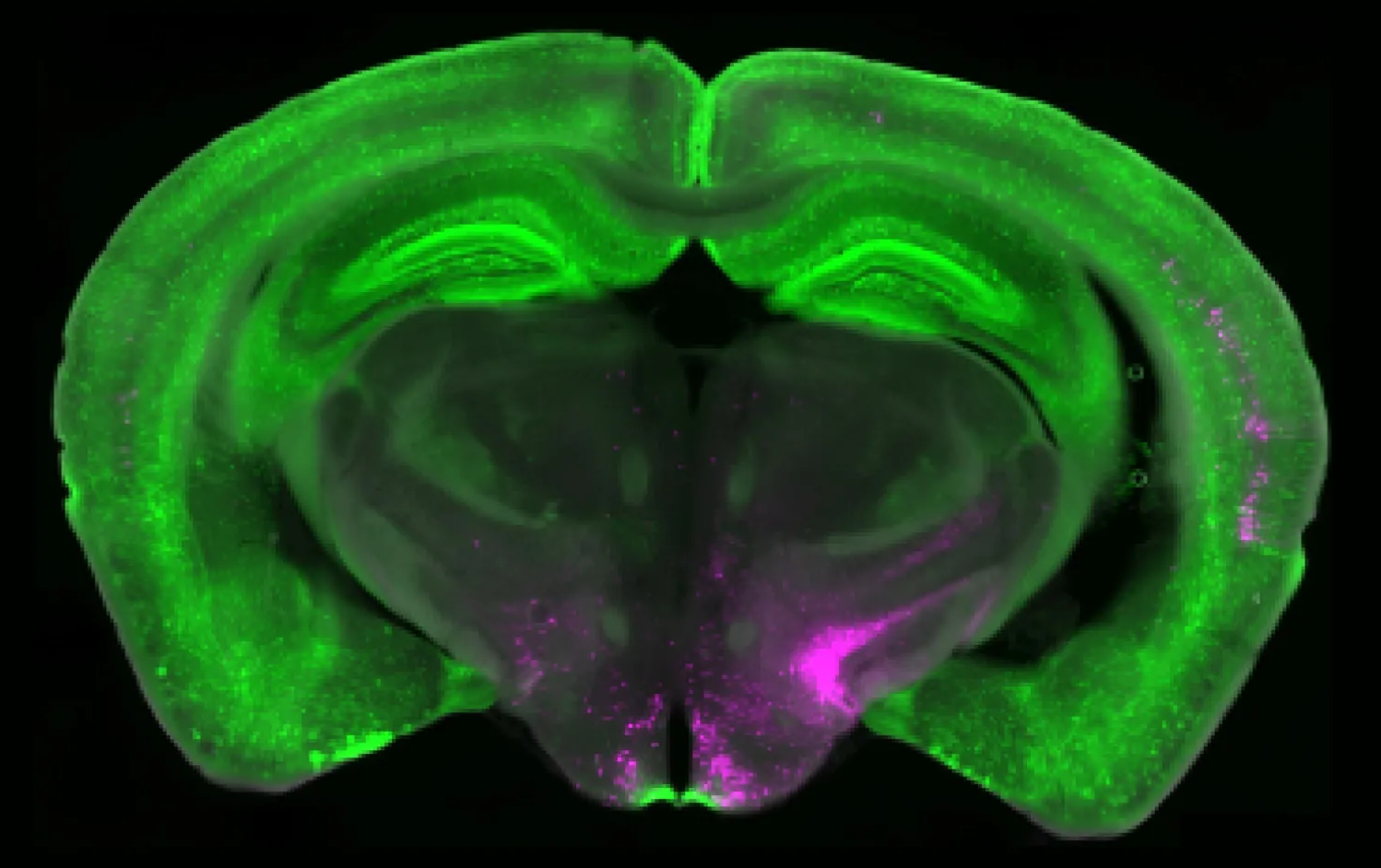
Scientists have pinpointed Y1 receptor neurons in the brain that can override chronic pain signals when survival instincts like hunger or fear take precedence. Acting like a neural switchboard, these cells balance pain with other biological needs. The research could pave the way for personalized treatments that target pain at its brain source—offering hope for millions living with long-term pain.
Kent, Wash.-based Stoke Space Technologies today revealed that it has raised $510 million in fresh funding to accelerate development of its fully reusable medium-lift Nova rocket.
The Series D funding round, let by Thomas Tull’s US Innovative Technology Fund, comes in conjunction with a $100 million debt facility led by Silicon Valley Bank. Stoke said the new financing has more than doubled its total capital raised, bringing the figure to $990 million.
“This funding gives us the runway to complete development and demonstrate Nova through its first flights,” Stoke co-founder and CEO Andy Lapsa said in a news release. If all goes according to plan, the first Nova rocket is expected to lift off next year from Launch Complex 14 at Cape Canaveral Space Force Station in Florida.
The international team of researchers conducted their experiments at European XFEL, the world’s largest X-ray laser, and DESY’s high energy photon source Petra III. Ice XXI is structurally distinct from all previously observed phases of ice. It forms when water is rapidly compressed to supercompressed water at room temperature and is metastable, meaning it can exist for some time even though another form of ice would be more stable at those conditions. The discovery offers important insights into how high-pressure ice forms.
Water or H2O, despite being composed of just two elements, exhibits remarkable complexity in its solid state. The majority of the phases are observed at high pressures and low temperatures. The team has learned more about how the different ice phases form and change with pressure.
“Rapid compression of water allows it to remain liquid up to higher pressures, where it should have already crystallized to ice VI,” KRISS scientist Geun Woo Lee explains. Ice VI is an especially intriguing phase, thought to be present in the interior of icy moons such as Titan and Ganymede. Its highly distorted structure may allow complex transition pathways that lead to metastable ice phases.
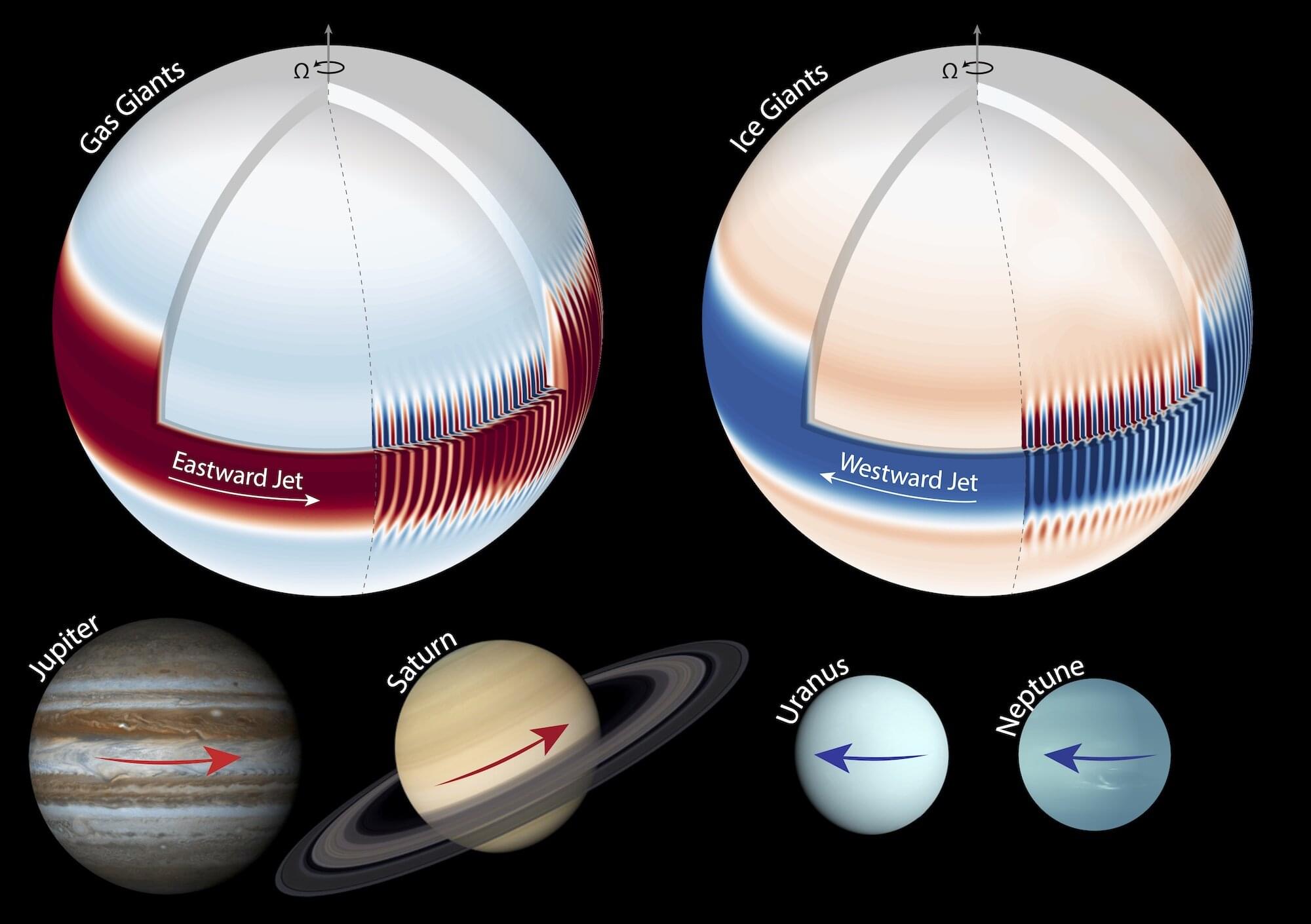
One of the most notable properties of the giant planets in our solar system—Jupiter, Saturn, Uranus and Neptune—are the extreme winds observed around their equators. While some of these planets have eastward equatorial winds, others have a westward jet stream. For the first time, an international team of scientists led by Leiden Observatory and SRON, can explain the winds on all the giant planets using one model.
So-called fast rotating convection in the atmospheres of the giant planets can play a crucial role in driving both east and westward jet streams. This is what a team of astronomers led by postdoctoral researcher Keren Duer-Milner from Leiden Observatory and SRON has found. The research has been published in the journal Science Advances.
Using global circulation models, the team found that differences in atmospheric depth can produce the eastward jets on Jupiter and Saturn and the westward jets on Uranus and Neptune. The system shows a so-called bifurcation: Under the same conditions, the atmosphere can settle into one of two stable states—either eastward or westward equatorial jets—establishing a direct link between jet direction and atmospheric depth.
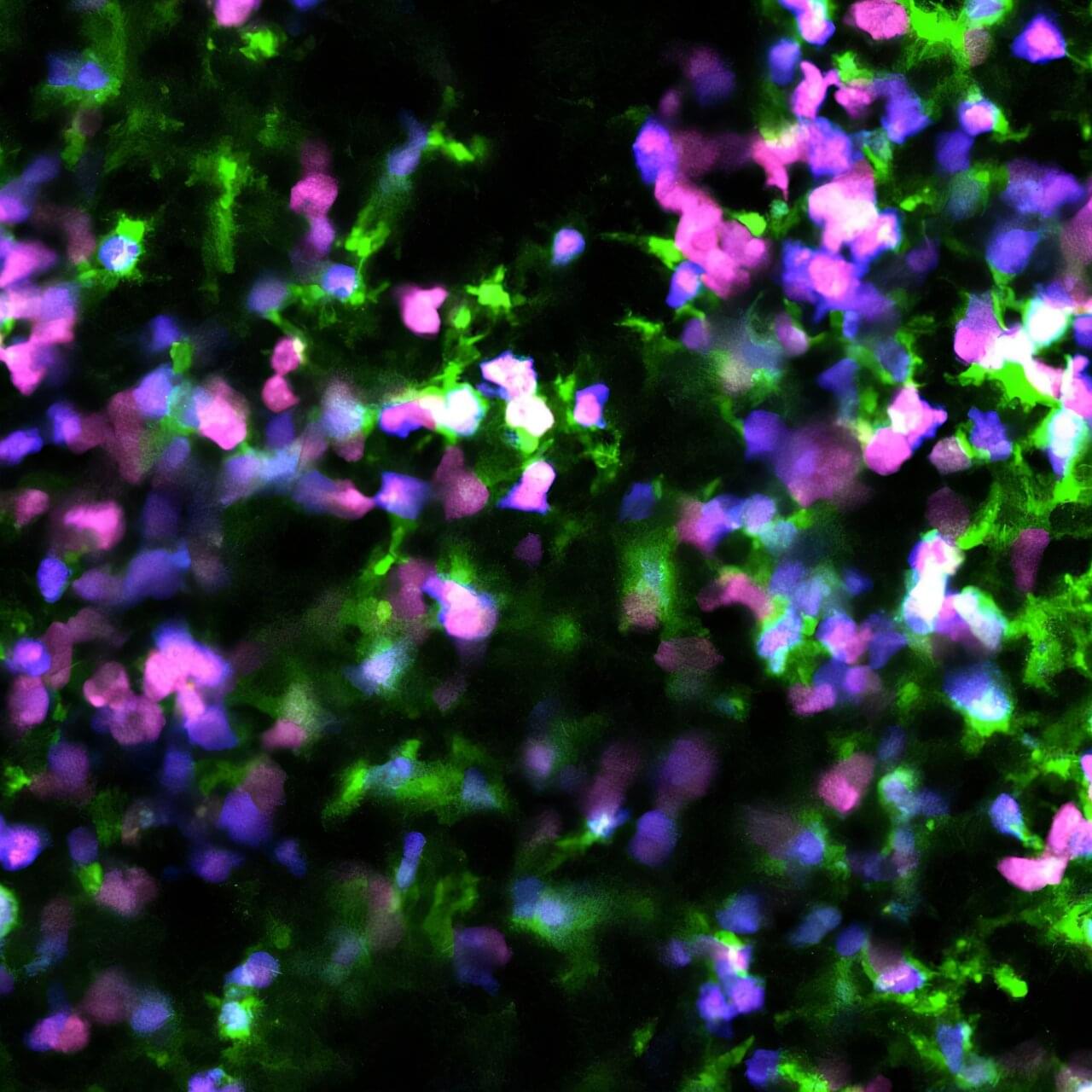
The aim of immunotherapy strategies is to leverage cells in the patient’s own immune system to destroy tumor cells. Using a preclinical model, scientists from the Institut Pasteur and Inserm successfully stimulated an effective anti-tumor immune response by reprogramming the death of malignant B cells. They demonstrated an effective triple-therapy approach for treating forms of blood cancer such as certain lymphomas and leukemias which affect B cells. The study was published on August 15 in the journal Science Advances.
Immunotherapy strategies represent a major breakthrough in cancer treatment. They aim to harness the patient’s immune system so that their own cells can recognize and specifically eliminate tumor cells. Immune cells can act like sentinels, scanning the body and identifying all residual tumor cells to reduce the risk of relapse. Various novel immunotherapy strategies are emerging, one of which makes use of a cell death mechanism known as necroptosis. Unlike apoptosis, which results in silent cell death, necroptosis releases warning signals that attract and stimulate immune cells so that they can kill any remaining tumor cells.
Scientists from the Dynamics of Immune Responses Unit (a joint Inserm/Institut Pasteur unit) set out to explore the effectiveness of this necroptosis-based immunotherapy strategy on hematological malignancies. They began by observing that necroptosis cannot be easily induced in malignant B cells because of the absence of the MLKL protein.


